USD 167,705
2,540 sqft



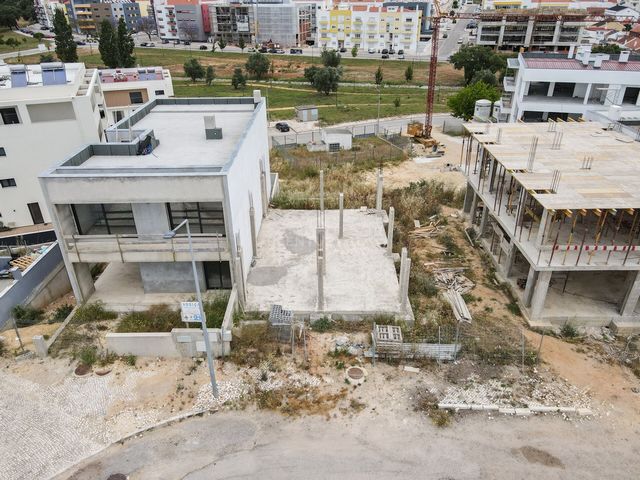

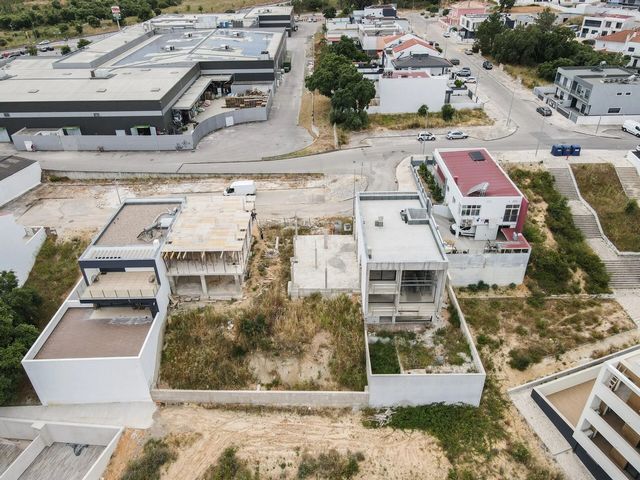


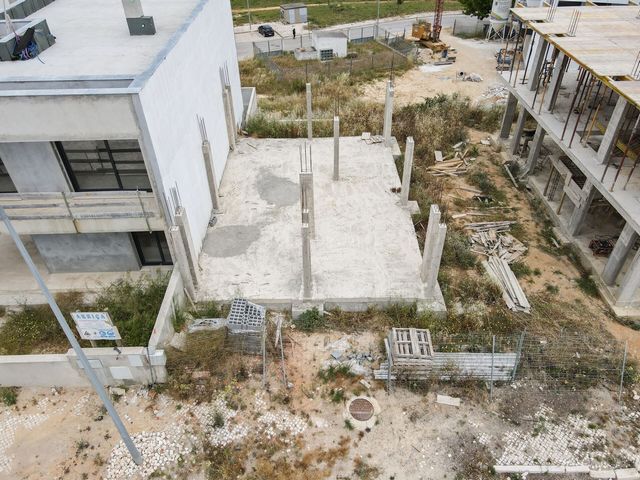

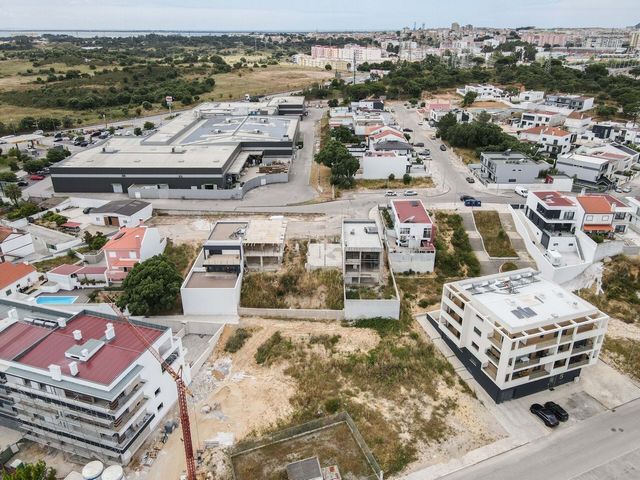




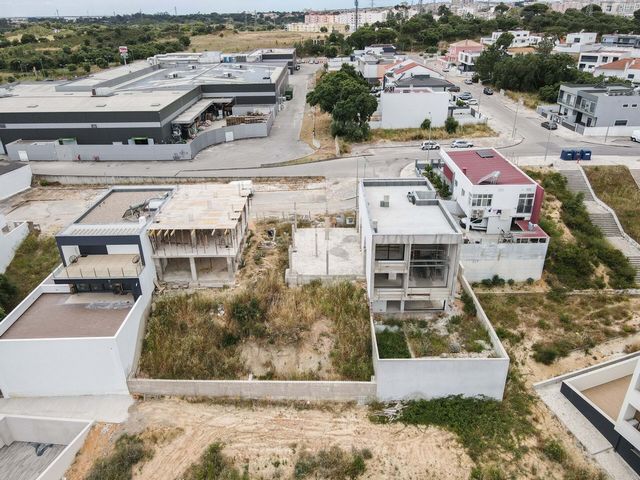


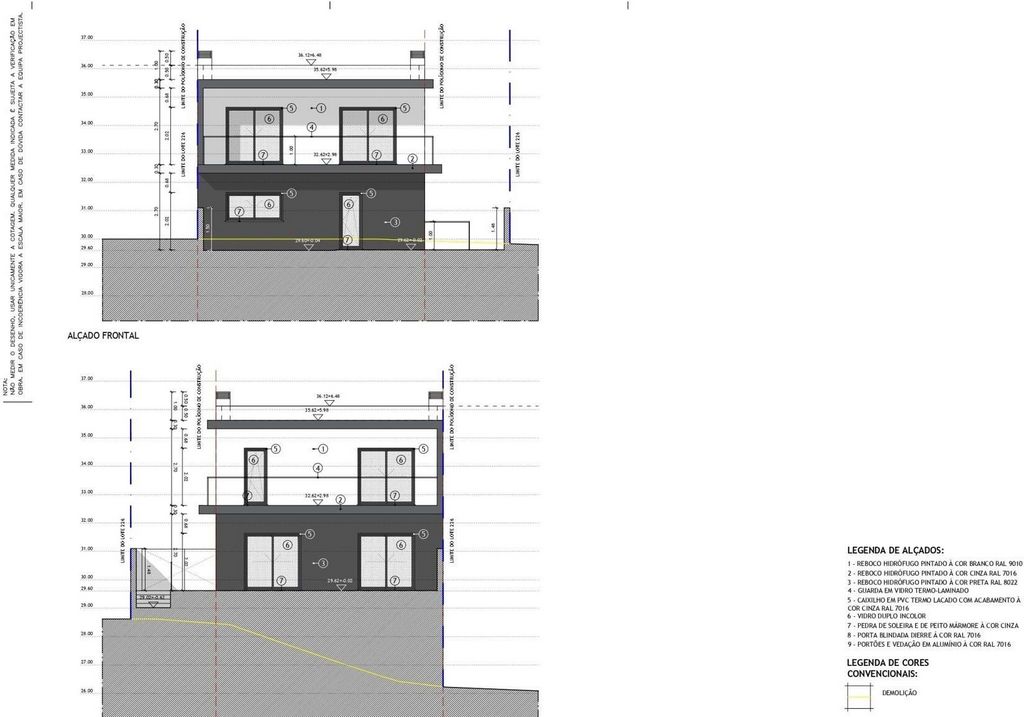

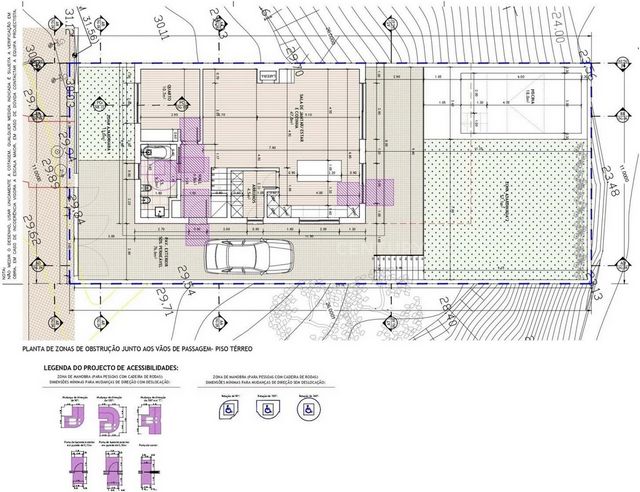
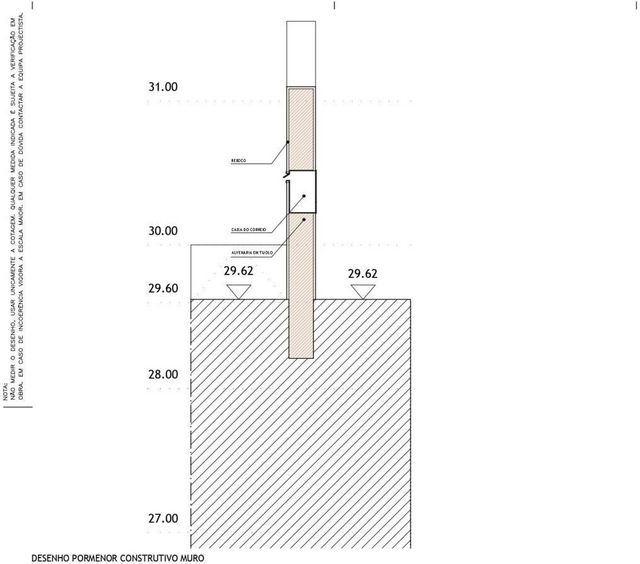









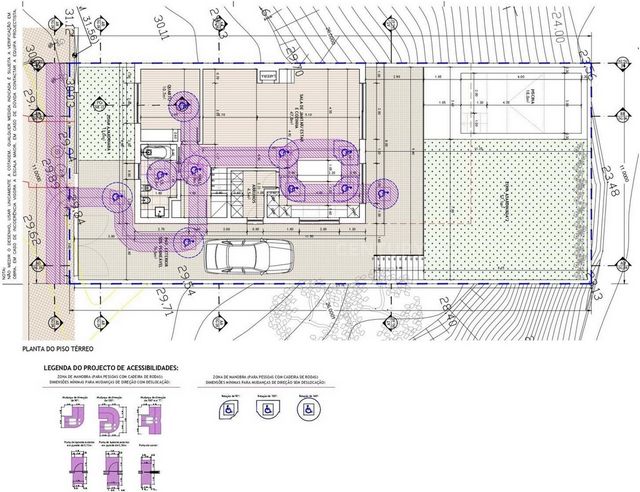


Inserted in a plot of 286m2, this land has an approved project for a single-family house with T4 typology with several characteristics, namely:-Total Land Area 283.3m2
- Maximum implantation area 173m2 (being in the project 92m2)
- Max. Construction Area 173m2 (in the project 172.8m2)
- Useful construction area 141.7m2Floor 0 floor area:
-Hall 6.8m2
-Bedroom 10.7m2
-Sanitary ins. 6.3m2
-Storage 4.5m2
-Dining Room/Living Room/Kitchen 47.8m2Total useful Floor 0:
-76.1m2
Floor 1:
-Stairs 4m2
-Circulation 5.2m2
-I.S 3.9m2
-Laundry 3.6m2
-Bedroom 1 11m2
-Bedroom 2 14.4m2
-Bedroom (Suite) 12.4m2
-I.S Suite 5.9m2
-Closet 5.1m2
-Floor area 1 65.6m2Outdoor areas
-Swimming pool 18m2
-Balconies 1 10.2m2
-Balconies 2 13.9m2Setúbal is a Portuguese capital city of the District of Setúbal and is part of the Lisbon Metropolitan Area. With the following parishes of Setúbal (São Julião, Nossa Senhora da Anunciada and Santa Maria da Graça) and São Sebastião (Setúbal)
The Municipality of Setúbal is divided into five parishes. The municipality is bordered to the west by the municipality of Sesimbra, to the northwest by the municipality of Barreiro, to the north and east by the municipality of Palmela and to the south by the Sado Estuary.The Troia peninsula, belonging to the municipality of Grândola, is located in front of the city of Setúbal, between the Sado estuary and the coast of the Atlantic Ocean.History
The toponym
Currently, there are many potential origins for the name of Setúbal, the main ones being:A word composed of Seth (Adam's third son) and Tubal (Noah's grandson);
A word composed of Sete and Tubal (not to be confused with the biblical character) that populated Iberia after the Flood, according to Friar Bernardo de Brito, as indicated in a passage from his book Monarquia Lusitana - nosso Reyno was the oldest in the village, and Setúbal the place, in which they will first order a house and neighborhood commune (Brito 1597: 7). Flavius Josephus, in the History of the Hebrews, also insinuates the same, relating the origin of the name to one of the Iberian peoples - the Tubalinos;
Derivation of the romanized term 'Cetóbriga' (Ceto + Celtic designation briga for Fortified Settlement) that arrived by phonetic transformation to Setúbal. In the Memoir on the History and Administration of the Municipality of Setúbal (1877) written by Alberto Pimentel, it is suggested that the term Setúbal comes, through corruption, from Cetóbriga;
According to some authors (such as José Hermano Saraiva), like other Iberian and southern European cities, the toponym 'Setúbal' may be related to the hydronym of the river (Sado or Sadão) that bathes the village, referred to by the Arab geographer Dreses as Xetubre. And, in this case that the toponym Setúbal is related to the hydronym, its origin may be in the word Ketovion, as suggested by Montexano. [
From the Neolithic to the Christian Reconquest
Setúbal was born from the river and the sea. Records of human occupation in the municipality's territory date back to prehistory, with numerous traces having been collected in various places since the Neolithic era. It was visited by Phoenicians, Greeks and Carthaginians, who came to Iberia in search of salt and tin, namely to Alcácer do Sal, a village to which the river was then navigable.During the Roman occupation, Setúbal experienced enormous development. The Romans installed fish salting factories and ceramic ovens in the village, which they also developed.The fall of the Roman Empire, the barbarian invasions and the constant cabotage piracy caused the stagnation, if not the disappearance, of the village between the sixth and twelfth centuries.For more information contact me!! View more View less Terreno Urbano com projeto aprovado(em inicio construção)em Setúbal /Gambia.
Inserido num lote de 286m2, este terreno tem um projeto aprovado para uma Moradia unifamiliar com Tipologia T4 com várias características a saber:-Área total do Terreno 283,3m2
-Área de implantação máxima 173m2(estando no projeto 92m2)
-Área de Construção Max. 173m2(no projeto 172,8m2)
-Área útil de construção 141,7m2Área útil Piso 0:
-Hall 6,8m2
-Quarto 10,7m2
-Ins. sanitária 6,3m2
-Arrumos 4,5m2
-Sala Jantar/Sala de estar/Cozinha 47,8m2Total útil Piso 0:
-76,1m2
Piso 1:
-Escadas 4m2
-Circulação 5.2m2
-I.S 3,9m2
-Lavandaria 3,6m2
-Quarto 1 11m2
-Quarto 2 14.4m2
-Quarto(Suite) 12,4m2
-I.S Suite 5.9m2
-Closet 5.1m2
-Área útil Piso 1 65.6m2Área Exteriores
-Piscina 18m2
-Varandas 1 10,2m2
-Varandas 2 13.9m2Setúbal é uma cidade portuguesa capital do Distrito de Setúbal estando englobada na Área Metropolitana de Lisboa. Com as seguintes freguesias de Setúbal (São Julião, Nossa Senhora da Anunciada e Santa Maria da Graça) e São Sebastião (Setúbal)
O Município de Setúbal divide-se em cinco freguesias. O município é limitado a oeste pelo município de Sesimbra, a noroeste pelo município do Barreiro, a norte e leste pelo município de Palmela e a sul pelo Estuário do Sado.A península de Troia, pertencente ao município de Grândola, situa-se em frente da cidade de Setúbal, entre o estuário do Sado e o litoral do Oceano Atlântico.História
O topónimo
Atualmente, existem muitas potenciais origens para o nome de Setúbal sendo as principais:Palavra composta de Sete (terceiro filho de Adão) e Túbal (neto de Noé);
Palavra composta de Sete e Tubal (não confundir com a personagem bíblica) que povoou a Ibéria após o Dilúvio, segundo Frei Bernardo de Brito, tal como indica numa passagem do seu livro Monarquia Lusitana - nosso Reyno foy o mais antigo na povoação, e Setúbal o lugar, em que primeiro ordenarão vivenda e vizinhança comuna (Brito 1597: 7).Também Flávio Josefo, na História dos Hebreus, insinua, também, o mesmo, relacionando a origem do nome com um dos povos ibéricos - os Tubalinos;
Derivação do termo romanizado 'Cetóbriga' (Ceto + designação celta briga para Povoação Fortificada) que chegou por transformação fonética até Setúbal. Na Memória sobre a História e a Administração do Município de Setúbal (1877) escrito por Alberto Pimentel, é sugerido que o termo Setúbal advém, por corrupção, de Cetóbriga;
Segundo alguns autores (como José Hermano Saraiva), a exemplo de outras cidades ibéricas e do sul da Europa, o topónimo 'Setúbal' pode estar relacionado com o hidrônimo do rio (Sado ou Sadão) que banha a povoação, referido pelo geógrafo árabe Dreses como Xetubre. E, neste caso de o topónimo Setúbal estar relacionado com o hidrônimo, a sua origem pode estar na palavra Ketovion, como sugere Montexano.[
Do Neolítico à Reconquista Cristã
Setúbal nasceu do rio e do mar. Os registos de ocupação humana no território do concelho remontam à pré-história, tendo sido recolhidos, em vários locais, numerosos vestígios desde o Neolítico. Foi visitada por fenícios, gregos e cartagineses, que vinham à Ibéria em procura do sal e do estanho, nomeadamente a Alcácer do Sal, povoação até à qual o rio era então navegável.Durante a ocupação romana, Setúbal experimentou um enorme desenvolvimento. Os romanos instalaram na povoação fábricas de salga de peixe e fornos para cerâmica, que igualmente desenvolveram.A queda do império romano, as invasões bárbaras e a constante pirataria de cabotagem causaram a estagnação, senão mesmo o desaparecimento, da povoação entre os séculos VI e XII. Nomeadamente neste último século.Para mais informações contacte-me!! Urban Land with approved project (in the beginning of construction) in Setúbal / Gambia.
Inserted in a plot of 286m2, this land has an approved project for a single-family house with T4 typology with several characteristics, namely:-Total Land Area 283.3m2
- Maximum implantation area 173m2 (being in the project 92m2)
- Max. Construction Area 173m2 (in the project 172.8m2)
- Useful construction area 141.7m2Floor 0 floor area:
-Hall 6.8m2
-Bedroom 10.7m2
-Sanitary ins. 6.3m2
-Storage 4.5m2
-Dining Room/Living Room/Kitchen 47.8m2Total useful Floor 0:
-76.1m2
Floor 1:
-Stairs 4m2
-Circulation 5.2m2
-I.S 3.9m2
-Laundry 3.6m2
-Bedroom 1 11m2
-Bedroom 2 14.4m2
-Bedroom (Suite) 12.4m2
-I.S Suite 5.9m2
-Closet 5.1m2
-Floor area 1 65.6m2Outdoor areas
-Swimming pool 18m2
-Balconies 1 10.2m2
-Balconies 2 13.9m2Setúbal is a Portuguese capital city of the District of Setúbal and is part of the Lisbon Metropolitan Area. With the following parishes of Setúbal (São Julião, Nossa Senhora da Anunciada and Santa Maria da Graça) and São Sebastião (Setúbal)
The Municipality of Setúbal is divided into five parishes. The municipality is bordered to the west by the municipality of Sesimbra, to the northwest by the municipality of Barreiro, to the north and east by the municipality of Palmela and to the south by the Sado Estuary.The Troia peninsula, belonging to the municipality of Grândola, is located in front of the city of Setúbal, between the Sado estuary and the coast of the Atlantic Ocean.History
The toponym
Currently, there are many potential origins for the name of Setúbal, the main ones being:A word composed of Seth (Adam's third son) and Tubal (Noah's grandson);
A word composed of Sete and Tubal (not to be confused with the biblical character) that populated Iberia after the Flood, according to Friar Bernardo de Brito, as indicated in a passage from his book Monarquia Lusitana - nosso Reyno was the oldest in the village, and Setúbal the place, in which they will first order a house and neighborhood commune (Brito 1597: 7). Flavius Josephus, in the History of the Hebrews, also insinuates the same, relating the origin of the name to one of the Iberian peoples - the Tubalinos;
Derivation of the romanized term 'Cetóbriga' (Ceto + Celtic designation briga for Fortified Settlement) that arrived by phonetic transformation to Setúbal. In the Memoir on the History and Administration of the Municipality of Setúbal (1877) written by Alberto Pimentel, it is suggested that the term Setúbal comes, through corruption, from Cetóbriga;
According to some authors (such as José Hermano Saraiva), like other Iberian and southern European cities, the toponym 'Setúbal' may be related to the hydronym of the river (Sado or Sadão) that bathes the village, referred to by the Arab geographer Dreses as Xetubre. And, in this case that the toponym Setúbal is related to the hydronym, its origin may be in the word Ketovion, as suggested by Montexano. [
From the Neolithic to the Christian Reconquest
Setúbal was born from the river and the sea. Records of human occupation in the municipality's territory date back to prehistory, with numerous traces having been collected in various places since the Neolithic era. It was visited by Phoenicians, Greeks and Carthaginians, who came to Iberia in search of salt and tin, namely to Alcácer do Sal, a village to which the river was then navigable.During the Roman occupation, Setúbal experienced enormous development. The Romans installed fish salting factories and ceramic ovens in the village, which they also developed.The fall of the Roman Empire, the barbarian invasions and the constant cabotage piracy caused the stagnation, if not the disappearance, of the village between the sixth and twelfth centuries.For more information contact me!!